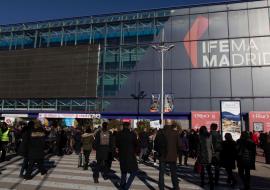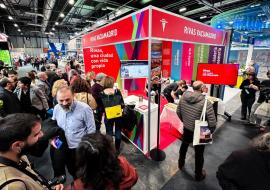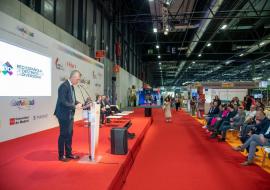Latin American Tourism Sector Confident It Can Withstand Recession
Several Latin American countries touted their attractions at the 29th International Tourism Fair in Spain, insisting that the sector can hold up despite the effects of the global economic crisis.
FITUR 2009 kicked off Wednesday in Madrid amid the gloomy financial scenario, with the countries selling themselves on their natural beauty, adventure travel opportunities, gastronomy and history.
Bolivia used its appearance at FITUR to present an image as a “crucible and synthesis of the Americas,” highlighting its diverse Amazonian, Andes and Chaco dry forest regions.
Deputy Tourism Minister Ricardo Cox said Evo Morales’ government is working to project a “new pluri-national (recognizing the countries’ indigenous nations) and decentralized Bolivia” and that, by having an Aymara Indian as head of state for the first time, the impoverished Andean country has a “visibility” it did not have in the past.
Cox said he doesn’t believe the global economic crisis will affect the country because its $8 billion in international reserves gives it an “important financial cushion.”
Uruguay for its part proposed that visitors not only enjoy the sun and sand of the upscale Punta del Este resort city, but also explore ecological, cultural, rural, river, fishing and wine tourism in the South American country.
“It’s not just selling tourism, but also quality of life and that doesn’t have a price,” Uruguay’s deputy minister of tourism, Liliam Kechichian, said.
Uruguay’s appearance in Madrid comes after a year in which two million tourists visited the country and revenues were double that of four years earlier. Its representatives said the nation is well prepared to cope with the difficult economic scenario.
Argentina on Thursday also presented its main tourist attractions, highlighted by the gastronomic and cultural delights of Buenos Aires, a city with a mix of European and South American culture that is a “port of entry to Argentine tourism.”














